Laura Tran in The Scientist:
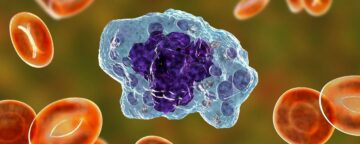 Macrophages serve as the Swiss army knives of the innate immune system, switching between phenotypes to perform different functions in response to the surrounding environment. One of their key attributes is their mobility to sites of inflammation, infection, and tumors. This trait garnered the attention of researchers who developed therapies to leverage macrophages’ abilities.1 There are three different macrophage types, naïve (M0), antitumor (M1), and protumor (M2). M1 macrophages accumulate at the tumor and exert antitumor activity. Researchers have attempted to use them in adoptive cell therapies, but these cell therapies are in their early stages with limited clinical success.2 One aspect that may influence treatment efficacy is how the macrophages traffic to the tumor. For now, the dynamics of macrophage movement are poorly understood.
Macrophages serve as the Swiss army knives of the innate immune system, switching between phenotypes to perform different functions in response to the surrounding environment. One of their key attributes is their mobility to sites of inflammation, infection, and tumors. This trait garnered the attention of researchers who developed therapies to leverage macrophages’ abilities.1 There are three different macrophage types, naïve (M0), antitumor (M1), and protumor (M2). M1 macrophages accumulate at the tumor and exert antitumor activity. Researchers have attempted to use them in adoptive cell therapies, but these cell therapies are in their early stages with limited clinical success.2 One aspect that may influence treatment efficacy is how the macrophages traffic to the tumor. For now, the dynamics of macrophage movement are poorly understood.
Samir Mitragotri, a bioengineer at Harvard University, wondered, “If we look at the transport properties of activated M1 macrophages and the naïve M0 macrophages, is there a difference?” Upon investigation, Mitragotri and his team elucidated how macrophage phenotype alters its efficiency in tumor infiltration. Their findings, published in Applied Physics Reviews, offer insights into how macrophage dynamics may influence cell therapy development.3
More here.

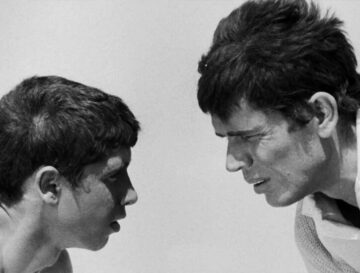 AFTER THE NAKBA OF 1948
AFTER THE NAKBA OF 1948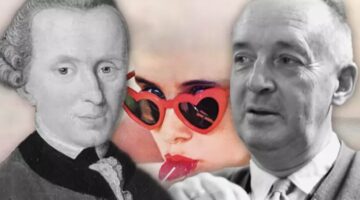 Forced into exile in 1917 by the October Revolution, Nabokov had good reasons to champion freedom as passionately and consistently as he did. From his point of view and that of most Russian émigrés, the Bolsheviks substituted the tsarist tyranny with a tyranny of their own. For Nabokov in particular, this was especially painful because his father had been one of the “liberationists” who dedicated his life to transforming Russia into a modern liberal-democratic state. His father’s political activism and his murder in a bungled political assassination by far-right extremists is one of the most poignant chapters of Nabokov’s biography. Nabokov’s philosophically complex account of freedom is a consistent seam throughout his major works – and it has also led to confusion in their popular and critical reception.
Forced into exile in 1917 by the October Revolution, Nabokov had good reasons to champion freedom as passionately and consistently as he did. From his point of view and that of most Russian émigrés, the Bolsheviks substituted the tsarist tyranny with a tyranny of their own. For Nabokov in particular, this was especially painful because his father had been one of the “liberationists” who dedicated his life to transforming Russia into a modern liberal-democratic state. His father’s political activism and his murder in a bungled political assassination by far-right extremists is one of the most poignant chapters of Nabokov’s biography. Nabokov’s philosophically complex account of freedom is a consistent seam throughout his major works – and it has also led to confusion in their popular and critical reception.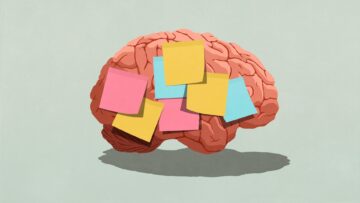 “The problem isn’t your memory, it’s that we have the wrong expectations for what memory is for in the first place,” Ranganath writes in his introduction, a theme that he returns to throughout the book. “
“The problem isn’t your memory, it’s that we have the wrong expectations for what memory is for in the first place,” Ranganath writes in his introduction, a theme that he returns to throughout the book. “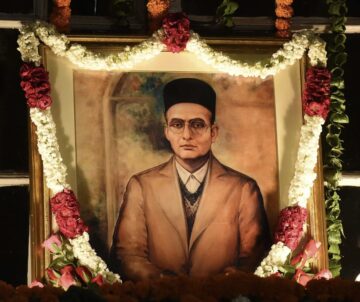 To understand Narendra Modi’s India, it is instructive to grasp the ideas of the Hindu Right’s greatest ideologue, the world of British colonial India in which they emerged, and the historical feebleness of the present regime.
To understand Narendra Modi’s India, it is instructive to grasp the ideas of the Hindu Right’s greatest ideologue, the world of British colonial India in which they emerged, and the historical feebleness of the present regime.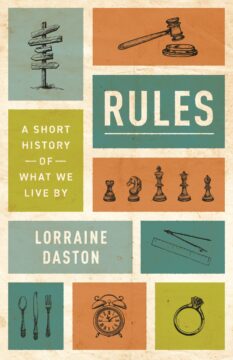 In the 1969 postscript to The Structure of Scientific Revolutions, Thomas Kuhn distinguished two different senses in which ‘paradigm’, the technical term his book popularised, had been used. On the one hand, a paradigm denoted the ‘entire constellation of beliefs, values, techniques, and so on shared by the members of a given community’. In this first sense, paradigm was employed sociologically, an application Kuhn regretted in retrospect. ‘Disciplinary matrix’ became his preferred locution for the shared commitments defining a specific scientific community.
In the 1969 postscript to The Structure of Scientific Revolutions, Thomas Kuhn distinguished two different senses in which ‘paradigm’, the technical term his book popularised, had been used. On the one hand, a paradigm denoted the ‘entire constellation of beliefs, values, techniques, and so on shared by the members of a given community’. In this first sense, paradigm was employed sociologically, an application Kuhn regretted in retrospect. ‘Disciplinary matrix’ became his preferred locution for the shared commitments defining a specific scientific community. O
O Who here comes from a savage race?” Professor James Shapiro shouted at his students.
Who here comes from a savage race?” Professor James Shapiro shouted at his students.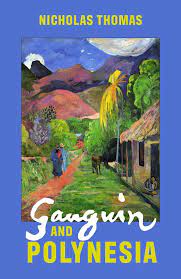 Today, says Thomas, ‘it feels difficult just to look at a Gauguin painting, without being told what to think’. The instructions tell us that he was ‘a sexual predator in life and a colonialist in his art’. Thomas’s aim is not to launder Gauguin’s reputation or undo recent decades of feminist art history and postcolonial studies but to eliminate some of the anachronism that inevitably arises when the past is examined, and judged, by contemporary mores.
Today, says Thomas, ‘it feels difficult just to look at a Gauguin painting, without being told what to think’. The instructions tell us that he was ‘a sexual predator in life and a colonialist in his art’. Thomas’s aim is not to launder Gauguin’s reputation or undo recent decades of feminist art history and postcolonial studies but to eliminate some of the anachronism that inevitably arises when the past is examined, and judged, by contemporary mores.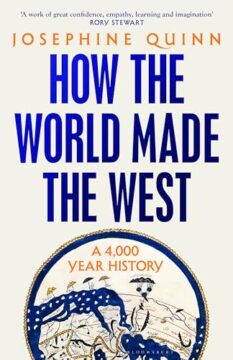 “Western civilisation” would not exist without its Islamic, African, Indian and Chinese influences. To understand why, Quinn takes us back in time, beginning at the bustling port of Byblos in Lebanon in about 2000BC. It was the middle of the bronze age, which “inaugurated a new era of regular long-distance exchange”. Carbon dating techniques applied to recent archaeological findings provide compelling evidence about just how “globalized” the Mediterranean already was, 4,000 years ago. Welsh copper went to Scandinavia, and Cornish tin as far as Germany, for the forging of bronze weapons. Beads of Baltic amber, found in the graves of Mycenaean nobles, were made in Britain. A thousand years later, trade up and down the Atlantic seaboard meant that “Irish cauldrons became especially popular in northern Portugal”.
“Western civilisation” would not exist without its Islamic, African, Indian and Chinese influences. To understand why, Quinn takes us back in time, beginning at the bustling port of Byblos in Lebanon in about 2000BC. It was the middle of the bronze age, which “inaugurated a new era of regular long-distance exchange”. Carbon dating techniques applied to recent archaeological findings provide compelling evidence about just how “globalized” the Mediterranean already was, 4,000 years ago. Welsh copper went to Scandinavia, and Cornish tin as far as Germany, for the forging of bronze weapons. Beads of Baltic amber, found in the graves of Mycenaean nobles, were made in Britain. A thousand years later, trade up and down the Atlantic seaboard meant that “Irish cauldrons became especially popular in northern Portugal”.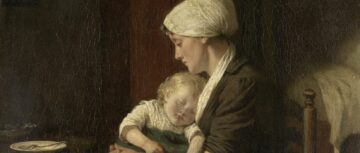 William Ewart Gladstone was Britain’s prime minister four times between 1868 and 1894, a member of Parliament for more than sixty years, a brilliant and passionate orator, an accomplished writer, and an indefatigable social reformer. Lord Kilbracken, his private secretary, estimated that if a figure of 100 could represent the energy of an ordinary man and 200 that of an exceptional one, Gladstone’s energy would be represented by a figure of at least 1,000.
William Ewart Gladstone was Britain’s prime minister four times between 1868 and 1894, a member of Parliament for more than sixty years, a brilliant and passionate orator, an accomplished writer, and an indefatigable social reformer. Lord Kilbracken, his private secretary, estimated that if a figure of 100 could represent the energy of an ordinary man and 200 that of an exceptional one, Gladstone’s energy would be represented by a figure of at least 1,000.